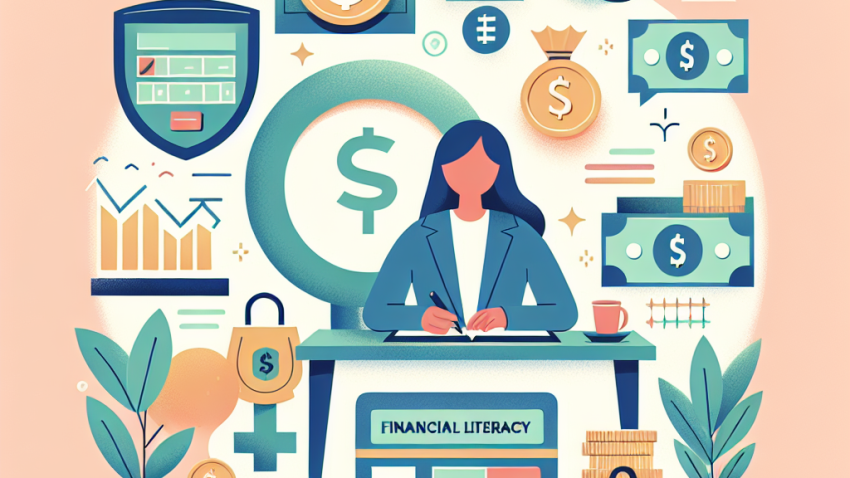
Financial Literacy for Women: Why It’s Not Just About the Numbers
How to Achieve Financial Independence Without Giving Up Your Favorite Coffee
Hey there, fellow financial adventurer! I’m Rachel Simmons, your friendly neighborhood money strategist who’s slightly obsessed with index funds, compound interest, and yes — oat milk lattes. If you’ve ever felt guilty about spending $5 on a cappuccino while scrolling FIRE blogs, you’re not alone. The truth is, financial independence isn’t about deprivation. It’s about designing a sustainable, fulfilling life — with the freedom to enjoy your coffee *and* still retire early(ish).
So, how do we reconcile daily pleasures with long-term financial goals? Buckle in, because we’re about to climb the financial independence ladder — with caffeine in hand.
What Is Financial Independence, Really?
Let’s get one thing straight: financial independence (FI) means having enough assets to support your lifestyle without needing to depend on income from traditional work. In other words, your investments do the heavy lifting. You’re working because you want to, not because your rent depends on it.
This usually involves:
- Saving a substantial portion of your income (we’re talking 25–50%, depending on your timeline)
- Investing strategically in low-cost, diversified assets
- Reducing non-essential expenses — but not necessarily living like a monk
You don’t have to quit your job and start homesteading to pursue FI. I’m rooting for something sustainable. Something balanced. Something that keeps your soul — and savings account — full.
Debunking the Latte Lie
We’ve got to talk about the latte. You’ve heard it before — “If you just stopped buying $5 coffees, you’d be a millionaire by 42.” Honestly? That advice is… lazy. Sure, recurring expenses matter, but the coffee isn’t the problem. The real issue is unconscious spending. If your budget is bleeding from twenty different places each month, it’s not the latte’s fault.
The key is aligning your spending with your values. Do your daily purchases bring you joy or just fill time? Personally, my morning run to the local coffee shop is part caffeine ritual, part mental wellness — and it’s in the budget, thank you very much.
Step 1: Find Your Financial Why
Before you even open a spreadsheet, ask yourself: Why do you want financial independence?
Is it to:
- Quit your job and travel the world?
- Spend more time with family?
- Start your dream business without financial stress?
Knowing your “why” keeps you focused when Amazon Prime whispers sweet nothings in your ear at 11PM. It becomes the north star for your financial decisions.
Step 2: Track, Then Trim
No judgement here — most of us are afraid to face the music. But you can’t change what you don’t measure.
- Track your spending for 30 days (yes, every dollar)
- Categorize it: Needs, Wants, and “Wait, I bought what?”
- Identify areas to optimize — not eliminate completely
Pro tip: Apps like YNAB or Mint can automate this for you. And no, I don’t recommend cutting fun entirely. Just be intentional. Budgeting isn’t boring when it funds your freedom.
Step 3: Automate the Wealth-Building Machine
Forget willpower. Financial systems beat financial discipline every time. Let’s set up a framework that does the heavy lifting:
- Emergency fund: 3–6 months of expenses, preferably in a high-yield savings account
- Employer retirement accounts: Max out that 401(k), especially if there’s a match
- IRAs and brokerage accounts: Once you’re set up with tax-advantaged plans, use taxable accounts for flexibility
For investments? I’m personally married to low-cost index funds like VTSAX and VT. You don’t need to day trade or buy crypto to build wealth. Boring is sexy when it comes to compound growth.
Step 4: Grow with Your Goals
Here’s the fun part: as your income grows, don’t inflate your lifestyle proportionally. I know, it’s tempting. You get promoted, and suddenly that $12 smoothie starts looking “reasonable.” But here’s the move: raise your savings rate instead.
Going from 10% to 30%+ of your income saved can cut YEARS off your journey to financial independence. Build in the treats, sure. But earn first, spend later — not the other way around.
Step 5: Keep the Joy in the Journey
Listen, I’m not trying to turn you into a spreadsheet hermit. Financial independence is a lifestyle shift, not a punishment.
Here’s how I keep things joyful on the road to FI:
- Budget monthly for fun — travel, dining, guilty pleasures
- Set mini goals (e.g., save your first $10,000, pay off one credit card)
- Celebrate wins with non-financial rewards: think spa days, hikes, or binging that documentary you’ve postponed
Living on less doesn’t mean living with less. You can enjoy the present while building your future. It’s not either-or — it’s “yes, and.”
Your Financial Independence Game Plan
Let’s bring it all home. Here’s your bite-sized, Rachel-approved plan:
- Define your “why” — what does freedom mean to you?
- Track your current spending habits without shame
- Create a budget that includes small joys and big goals
- Automate saving and investing like it’s your side hustle
- Invest wisely in low-fee funds, and stay the course
- Give yourself grace — every step forward counts
Final Sip
I want you to imagine future-you: sipping your favorite brew on a Tuesday morning in Kyoto or Cape Town or your dream home reading nook — not worried about bills, bosses, or burnout. That version of you starts today, with one conscious habit, one coffee-fueled spreadsheet session, one dollar at a time.
Financial independence isn’t about earning a million bucks — it’s about gaining the power to choose what your life looks like. And yes, you can order that cappuccino guilt-free.
Want help getting started or have a question? Reach out! Let’s build your version of financial freedom — with good coffee and even better intentions.



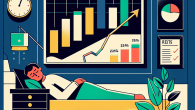
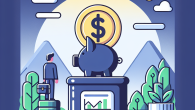

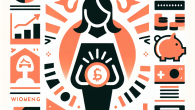
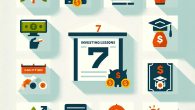
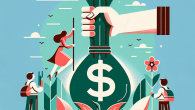
Leave a Reply